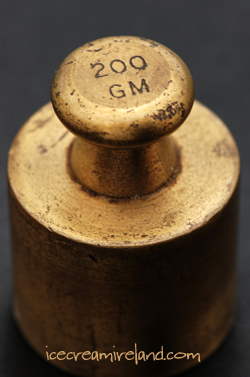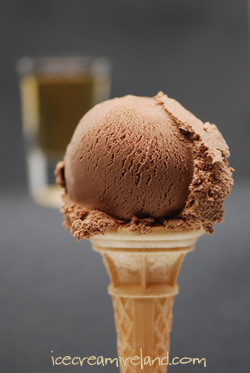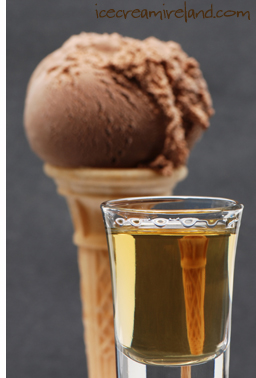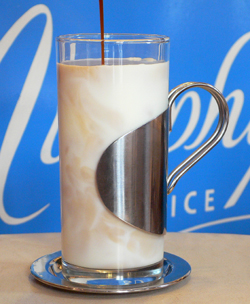 As we go into the New Year, I’m sure that many people have weight on their minds, so I thought I’d write about it. Of course, personal weight doesn’t interest me much, but using weight in recipes is another matter!
As we go into the New Year, I’m sure that many people have weight on their minds, so I thought I’d write about it. Of course, personal weight doesn’t interest me much, but using weight in recipes is another matter!
Specifically, I wanted to pass on an important tip going into 2008 and that is to:
Always use weight as a measure for dry ingredients.
If recipes offer both volume and weight measures for things like sugar, chocolate, etc., use weight! If recipes offer only volume measures for dry ingredients, convert it to weight and make a note on the recipe.
A basic kitchen scale is a very cheap investment that will pay huge dividends, since the weight of dry ingredients doesn’t vary. Volume measures do (much more than you might think) and that could spoil a recipe.
A cup of sugar, for example, depending on how packed it is, can easily make a recipe too sweet (or not sweet enough). If you want to measure out a cup of sugar, you most likely will give the measuring cup a little shake to level the sugar for an easier reading. That shake settles the sugar and means you will need more to fill the cup. Top it up, and the recipe will turn out sweeter. Give it another shake, and even more sugar will fill the cup. The size of the sugar granules also vary in different regions, and smaller granules mean that more fit in the measuring cup. All of this goes away as an issue if you use weight.
 Other dry or solid ingredients have similar problems – for example, I’ve never known how to pack butter into a cup! Also, what’s a cup of chocolate? You can buy chocolate as a bar, little drops, or big pieces, and each will fill a cup differently. So the easiest thing is to use weight!
Other dry or solid ingredients have similar problems – for example, I’ve never known how to pack butter into a cup! Also, what’s a cup of chocolate? You can buy chocolate as a bar, little drops, or big pieces, and each will fill a cup differently. So the easiest thing is to use weight!
In our production, we use metric when we weigh ingredients, because it’s so much simpler. If you like using ounces, you should know that an ounce can be almost as confusing as a cup (I’ve written about the problems of using non-metric volume measures here).
There’s the scarily named avoirdupois ounce (most common), troy ounce, and apothecary’s ounce, to name just a few, all weighing different amounts. For liquid weight measures, a UK liquid ounce is different from a US liquid ounce.
If you want help with conversions, there’s a very handy website here.
Happy cooking in 2008!
Technorati tags: measure, recipe, Imperial, metric, conversion, weight












 This is always a hectic but fun time of year for me, since yesterday is my Aunt Carol’s birthday, today is my mother’s birthday, tomorrow, of course, is Christmas, and then there is the
This is always a hectic but fun time of year for me, since yesterday is my Aunt Carol’s birthday, today is my mother’s birthday, tomorrow, of course, is Christmas, and then there is the  Today, despite dire weather forcasts, the sun shone brightly, the wind was slack, and the afternoon was much more like May than December.
Today, despite dire weather forcasts, the sun shone brightly, the wind was slack, and the afternoon was much more like May than December. There seems to be some
There seems to be some  Stir in the whiskey.
Stir in the whiskey. As we look at what we put on our menu boards for
As we look at what we put on our menu boards for